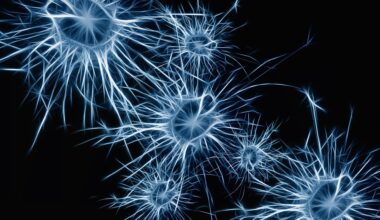Sean Tajadod sits at a table as two electrodes are strapped to his head, held in place by a cloth cap. The electrodes are attached to a small device the size of a smartphone, powered by nothing more than two AA batteries. When it is turned on, Sean just sits there – no shaking, no loss of consciousness. In six minutes, it’s over.
“I was feeling a tingling sensation where the electrodes are,” Tajadod said. He called the sensation “strange at first, but then I got used to it, and I didn’t feel it anymore.”
Then, as if to underscore that this is a kinder, gentler form of neurostimulation, Tajadod changes into shorts and a t-shirt, enters an adjoining room, and spends the next 30 minutes in a one-on-one yoga session.
Tajadod was participating in one of several studies being conducted by Dr. Fidel Vila-Rodriguez, aimed at assessing the efficacy of lower voltage electrical current or targeted magnetic pulses to treat a variety of conditions, especially depression. If his and others’ studies show a benefit, it could add a third major intervention for depression, alongside talk therapy and medication.


